Girls’ periods, a natural biological process marking reproductive maturity, have become a growing health concern globally. Today, menstrual disorders—such as painful cramps, irregular cycles, and heavy bleeding—affect millions of adolescents and young women, disrupting education, mental health, and quality of life. While Girls’ periods have always posed challenges, modern factors like environmental toxins, lifestyle shifts, and systemic inequities have exacerbated these issues. This article explores why Girls’ periods are increasingly problematic and outlines actionable solutions to address this crisis.
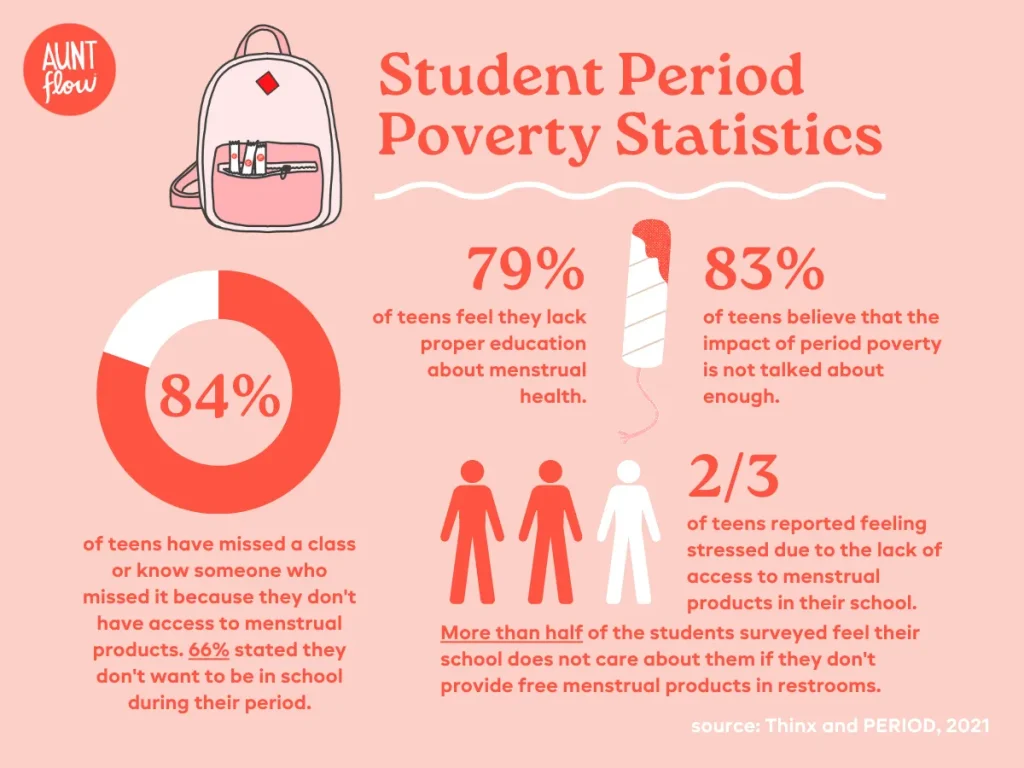
The Growing Prevalence of Girls’ Period Problems
1. Biological and Hormonal Factors
Hormonal imbalances are a leading cause of menstrual irregularities. Conditions like polycystic ovary syndrome (PCOS) and endometriosis, which affect 1 in 10 women, disrupt ovulation and cause severe pain or heavy bleeding during Girls’ periods. These conditions are often underdiagnosed, leaving many adolescents untreated. Hypothyroidism and hyperthyroidism also interfere with menstrual regularity, as thyroid hormones directly influence estrogen and progesterone levels.
2. Lifestyle and Environmental Triggers
Modern lifestyles contribute significantly to menstrual dysfunction:
- Stress: Chronic stress elevates cortisol, disrupting the hypothalamic-pituitary-ovarian axis and leading to irregular cycles.
- Diet and Obesity: Poor nutrition and obesity increase estrogen production, which can thicken the uterine lining and cause heavy bleeding. Conversely, extreme weight loss from eating disorders often halts menstruation (amenorrhea).
- Environmental Toxins: Exposure to endocrine-disrupting chemicals (e.g., BPA in plastics) mimics hormones, altering menstrual cycles.
3. Societal and Systemic Inequities
- Period Poverty: Over 16.9 million menstruators in the U.S. struggle to afford menstrual products, forcing many to use unsafe alternatives like rags or cardboard. This lack of access worsens hygiene and health risks during Girls’ periods.
- Stigma and Silence: Cultural taboos label menstruation as “dirty” or “shameful,” discouraging open dialogue. In some regions, menstruating girls are isolated, missing school and facing discrimination.
- Policy Gaps: The “tampon tax” in 21 U.S. states treats menstrual products as luxury items, deepening financial barriers.
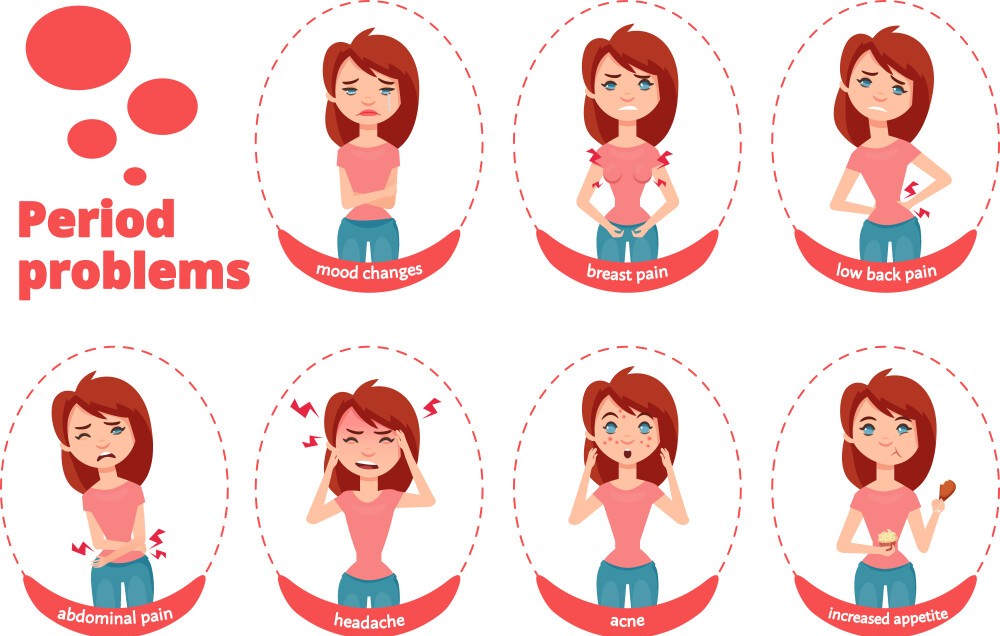
The Impact of Untreated Menstrual Disorders
Girls’ periods are not just a personal issue—they have far-reaching consequences:
- Educational Disruption: UNESCO reports that 1 in 10 girls misses school due to period poverty, perpetuating gender gaps in literacy and economic opportunity.
- Mental Health Struggles: Chronic pain and irregular cycles correlate with anxiety, depression, and low self-esteem.
- Long-Term Health Risks: Untreated endometriosis or PCOS can lead to infertility, while heavy bleeding may cause anemia, affecting energy and cognitive function.
Solutions: A Multifaceted Approach to Improving Girls’ Periods
1. Medical Interventions
- Hormonal Therapies: Birth control pills, hormonal IUDs (e.g., Mirena), and tranexamic acid regulate cycles and reduce bleeding.
- Pain Management: NSAIDs like ibuprofen alleviate cramps by inhibiting prostaglandins, which trigger uterine contractions.
- Surgical Options: For severe cases, procedures like endometrial ablation or myomectomy address fibroids or endometriosis.

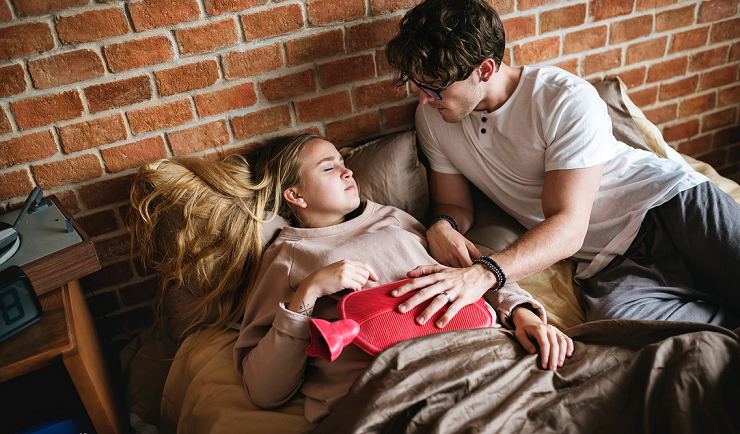
2. Lifestyle Modifications
- Nutrition and Exercise: A balanced diet rich in iron and vitamin D, combined with moderate exercise, stabilizes hormones. Yoga reduces dysmenorrhea by 35–40% through stress relief and improved circulation.
- Weight Management: Maintaining a healthy BMI prevents estrogen imbalances linked to irregular Girls’ periods.
3. Policy and Advocacy
- Menstrual Equity Laws: States like Washington and Texas have eliminated tampon taxes and mandated free products in schools and prisons. Expanding these policies globally ensures accessibility.
- Education Programs: Comprehensive menstrual health curricula combat stigma and teach symptom management. Organizations like PERIOD advocate for inclusive education to normalize Girls’ periods.
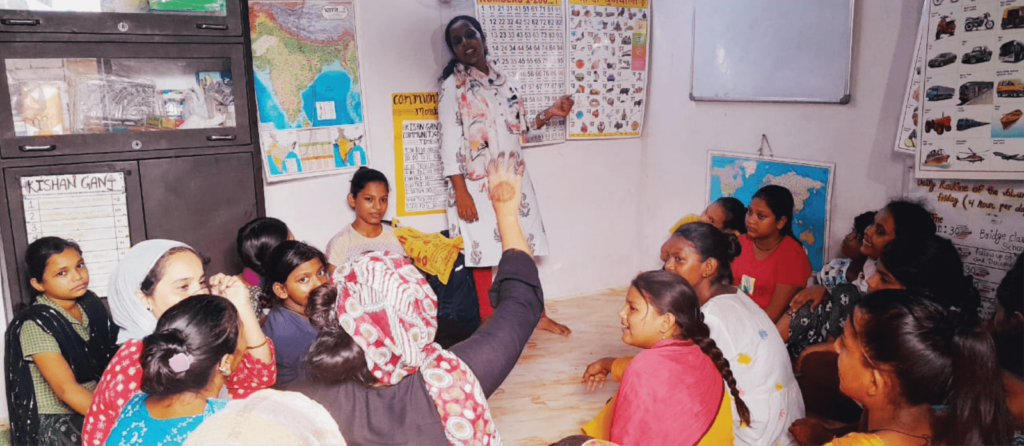
4. Community Support and Innovation
- Reusable Products: Menstrual cups and period underwear offer cost-effective, eco-friendly alternatives for Girls’ periods.
- Local Initiatives: Programs like the UW Q Center’s Menstruation Station provide free products to marginalized communities, addressing period poverty.
The Role of Technology and Research
Advancements in telemedicine enable remote consultations for Girls’ periods, particularly in rural areas. Mobile apps like Clue or Flo help track cycles and symptoms, empowering users to identify irregularities early. Research into non-hormonal treatments, such as ginger or cinnamon supplements, shows promise in reducing pain and regulating cycles.
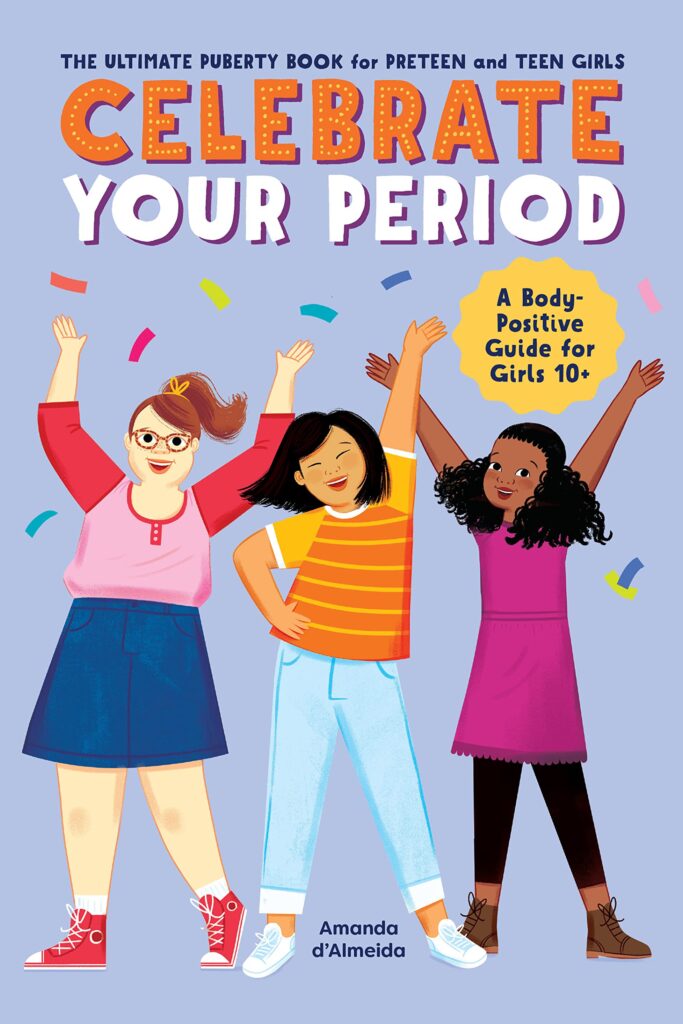
Conclusion: Building a Future Where Girls’ Periods Are No Longer a Barrier
The rise in menstrual disorders reflects a complex interplay of biological, environmental, and societal factors. Addressing Girls’ periods requires collaboration across healthcare, policy, and education sectors. By normalizing conversations, expanding access to products, and advancing medical research, we can transform menstruation from a source of stigma into a symbol of strength. Let’s ensure every girl can manage her period with dignity, health, and confidence.